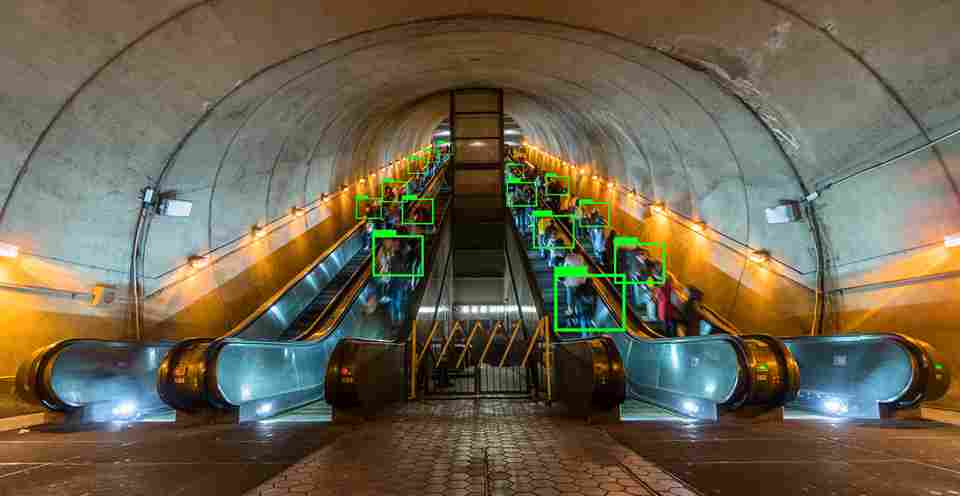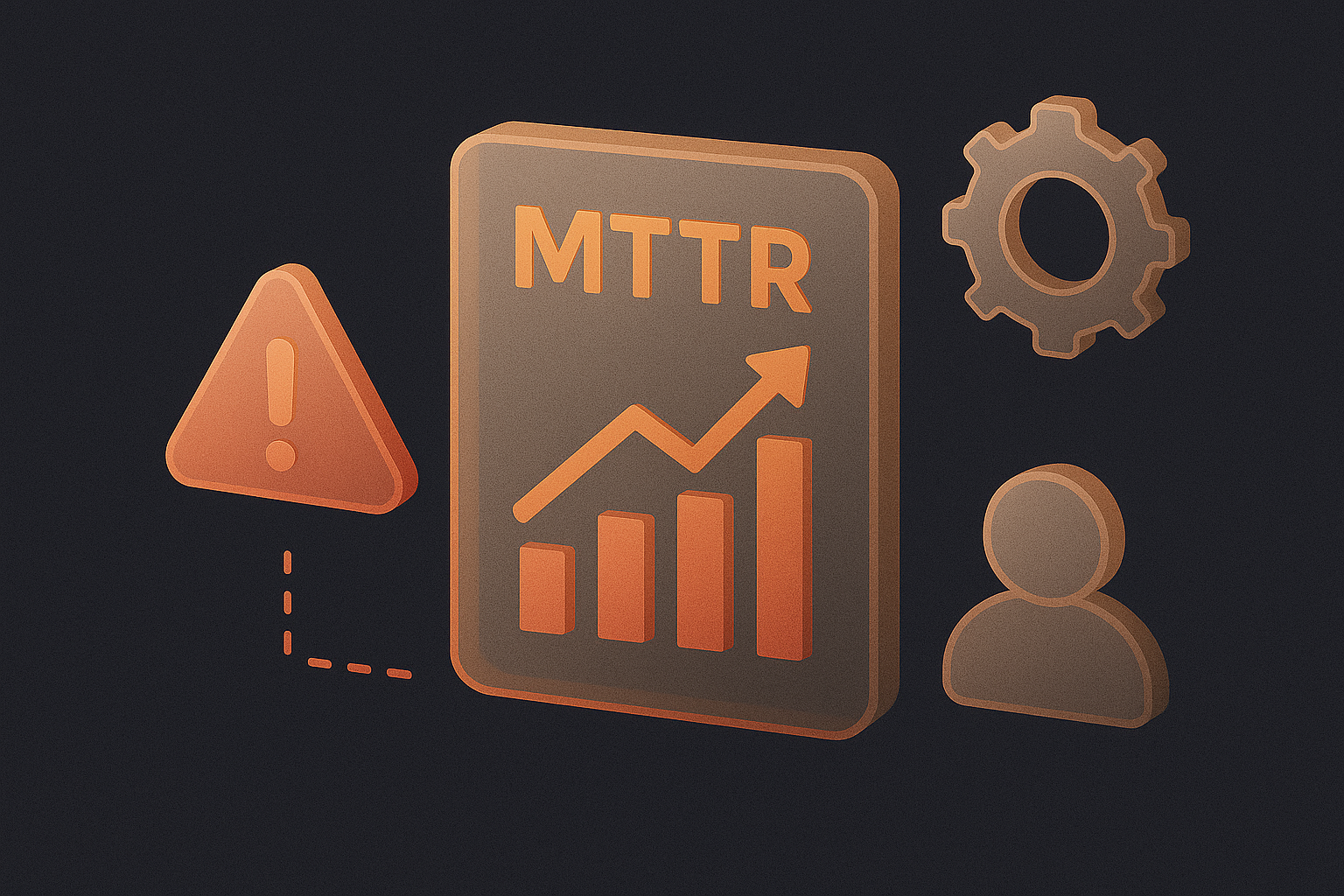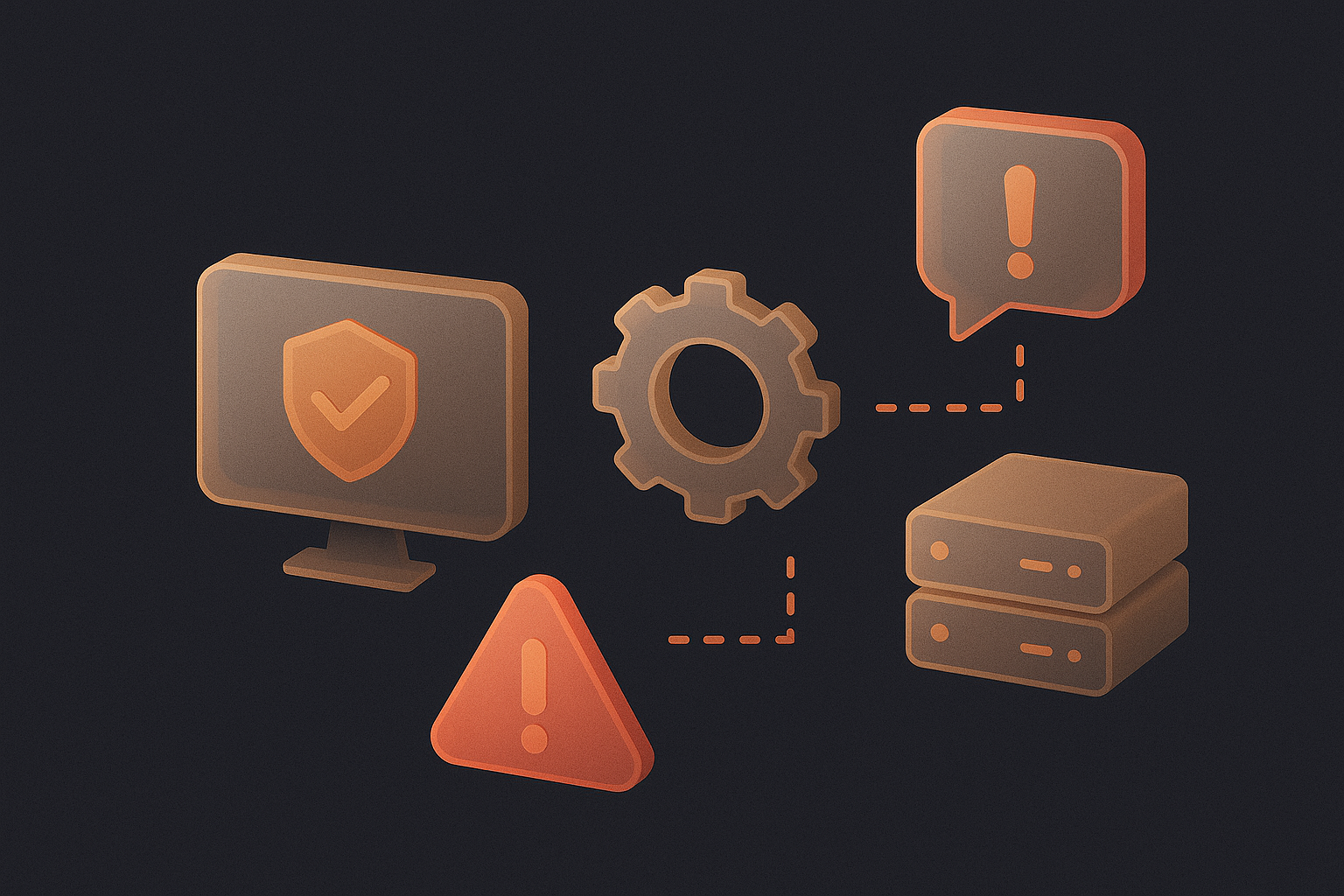An innovative method of threat detection and response known as extended detection and response, or XDR, offers all-encompassing security against cyberattacks, unwanted access, and abuse. It is a big data-based, cloud-native platform that offers automation options, flexibility, and scalability for security teams.
The analyst group Gartner describes XDR as “a SaaS-based, vendor-specific, security threat detection and incident response platform that natively combines several security products into a cogent security operations system. Network analysis and visibility (NAV), email security, identity and access management, cloud security, and other security and business tools are just a few of the technologies that XDR integrates with telemetry from security-relevant endpoint detections.
Why Do Businesses Need XDR?
XDR unifies and streamlines security analysis, investigation, and remediation, coordinating and extending the usefulness of fragmented security solutions. Consequently, XDR has the following advantages:
The whole investigation and remediation process is guided by comprehensive, cross-domain threat context and telemetry, including impacted hosts, the underlying cause, indications, and dates. Complex, multi-tool processes can be triggered by automated alarms and strong reaction actions for huge SOC efficiency benefits and precise threat neutralization.
By operating across several layers, and gathering and correlating data from email, endpoints, servers, cloud workloads, and networks, XDR offers granular visibility.
Analyzers and threat hunters may concentrate on high-priority threats since XDR removes anomalies that are deemed to be inconsequential from the alert stream, allowing for hassle-free identification and investigation. Additionally, because the solution already has extensive analytics and correlation material, XDR automatically detects stealthy threats, thus removing the need for security professionals to spend their time continually designing, fine-tuning, and administering detection rules.
How does XDR function?
In order to provide insight and context into sophisticated threats, XDR gathers and correlates data from email, servers, cloud workloads, endpoints, and networks. In order to stop data loss and security breaches, threats may then be evaluated, given priority, tracked down, and remedied.
Extended Detection and Response (XDR) security offers sophisticated threat detection and reaction capabilities, such as:
- Native support for technological assets and user behaviour analysis
- Threat Intelligence – Jointly shared local threat information and externally obtained threat information
- By automatically correlating and verifying alarms, it will be less needed to pursue false positives.
- Incorporating pertinent data for quicker, more precise incident classification
- Targeted attack detection and reaction
- With weighted advice and centralized configuration, hardening capabilities, and actions may be prioritized.
- Detailed threat analysis
- Streamlining several SOC procedures through automation and orchestration
What are the benefits of XDR?
- Make your security team bigger and stronger
- Automatic detection of complex attacks 24/7
- Endpoint security prevents both known and unexpected threats.
- Gain access to all your data and visibility.
- Avoid being alert fatigued
- Including more outside data sources in detection and reaction
- Intensify SOC output
- Put an end to sophisticated threats
- Following a hack, restore hosts



